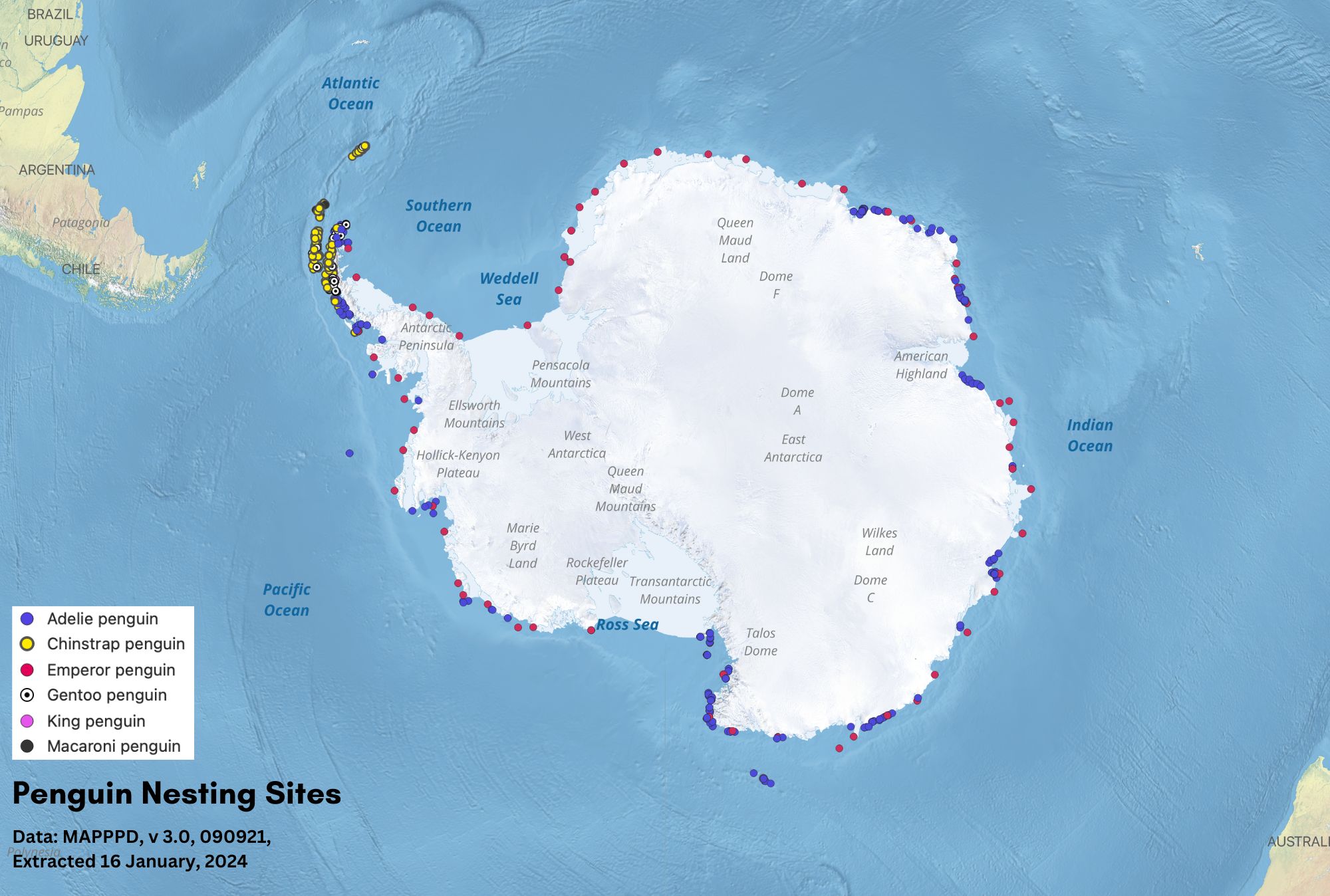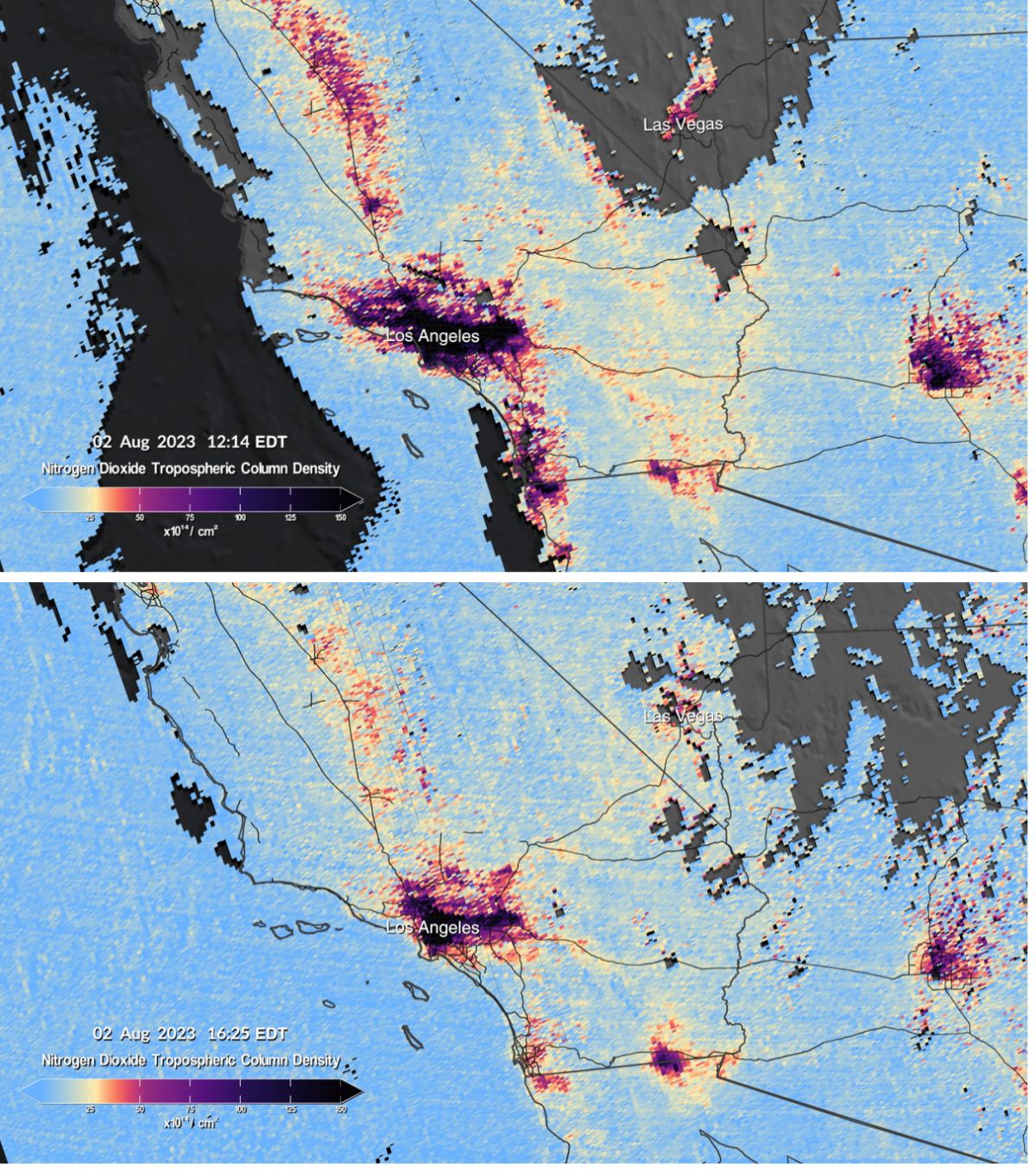Physical Geography
Physical geography focuses on geography as an Earth science (and is sometimes called Earth System Science).
Physical geography is a branch of geography that focuses on the study of the natural features and processes of the Earth’s surface. It includes the examination of landforms, climate, vegetation, soils, and water resources. Physical geographers use a range of scientific methods and tools to analyze and understand the complex interactions between the Earth’s physical systems.
Learn about the different branches of geography that fall under the physical geography category: climatology, geomorphology, biogeography, and more.

What is England’s Highest Mountain?
Found at 978 metres (3,209 ft) above sea level, Scafell Pike is located in Lake District National Park in Cumbria.

Sea Otters are a Keystone Species
Keystone species are plants or animals, like the sea otter, whose presence in an ecosystem plays a crucial role in its health.

Mapping Glacier Loss in Western Canada
Researchers are using remotely sensed data and satellite imagery to map glacier loss in Western Canada.

Geography of Penguins
Penguin are agile swimming birds with habitat that ranges from Antarctica to the Galapagos Islands.

Geography Facts About the Southern Ocean
The Southern Ocean is the Earth's windiest, southernmost ocean and plays a vital role in Earth's environmental health.

Exploring Rainbows and Moonbows
Rainbows and moonbows occur when light is refracted through drops of water in the sky.

What is Snowliage?
Snowliage is when an early winter storm creates a bright white snowfall that contrasts with the red, oranges, and yellow fall foliage of trees.

The Highest 11 Mountains in the United States
Learn about the highest 11 mountains in the United States.

Reintroduction of the Mexican wolf nears 25th anniversary
Reintroduction efforts to improve Mexican wolf populations in the wild began in 1998 and recent populations now exceed 200 wolves.

When Will We Reach the 1.5°C Mark with Climate Change?
The Earth is 1°C warmer than pre-industrial times, and it's unclear when we'll reach the 1.5°C climate threshold.

What are Those Clumps in Trees?
A dense clump of dried leaves and twigs in a tree is mostly likely a squirrel's nest, known as a drey.

Monarch Butterfly Overwintering in California
November and December are the best times to see large clusters of monarch butterflies overwintering in the coastal groves of California.

Marine Spatial Planning Index
The goal of marine spatial planning (MSP) is to balance ocean space use and environmental protection.

U.S. States With the Most Extreme Elevation Spans
Here are the states with the greatest difference in elevation between the highest and lowest points.

The Role of Internal Waves in Climate Change
Scientists from the UK and US have identified underwater internal waves as crucial in understanding and addressing climate change.

Study: More U.S. Homes Burn in Grassland and Shrubland Fires than Forest Wildfires
A new study in Science reports that in the United States, grassland and shrubland fires tend to be more extensive and burn more houses than forest fires.

Benefits of Microforests
Microforest projects use the Miyawaki method fast-track the growth of dense, biodiverse forests, aiming to achieve full growth in 20-30 years.

Mapping Air Pollution in the United States
NEMO and TEMPO are two scientific endeavors aimed at producing hourly air pollution maps of the United States.

What is the Difference Between a Crow and a Raven
Here are some ways you can determine the difference between the common raven (Corvus corax) and the American crow (Corvus brachyrhynchos).

Study: Human Activities Have Changed How Wolves Hunt Deer
Logging, linear features, and human infrastructure are changing where wolves hunt for deer.

Rising Sea Levels and Human Migration
Researchers predict that by 2100 between 17 to 72 million people will migrate as a result of coastal land loss due to sea level rise.

Climate Change is Affecting the Color of the Ocean
Researchers are using satellite data to analyzing the levels of phytoplankton in the oceans which are being affected by climate change.

Tallest Active Volcano in Eurasia
With an elevation of 15,597 feet (4,754 meters) Klyuchevskoy is Eurasia's tallest active volcano.

Using Satellites to Map Arctic Amplification
Scientists are using remotely sensed data from Earth observation satellites to map and study Arctic amplification.


